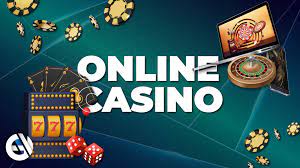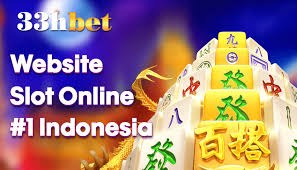Massage therapy, a practice with roots that stretch back thousands of years, is both an art and a science dedicated to enhancing physical and mental well-being. From ancient civilizations to modern clinics, 다낭 꽁까이 has evolved into a versatile tool for health and relaxation, blending tradition with contemporary understanding.
Ancient Beginnings
The origins of massage can be traced to ancient cultures where it was used for both therapeutic and ritualistic purposes. The Chinese, Egyptians, Greeks, and Romans all had their own methods and philosophies about massage. In ancient China, massage was an integral part of Traditional Chinese Medicine (TCM), where it was believed to balance the body’s energy or “Qi” and promote healing. The Greeks and Romans utilized massage for athletic performance and recovery, with figures like Hippocrates and Galen advocating its benefits for physical health.
The Renaissance of Massage
During the Renaissance, interest in classical texts and practices revived, including the study of massage. In the 16th century, the Swiss physician Paracelsus expanded on the therapeutic use of massage, linking it with bodily functions and health. The 19th century saw the formalization of massage techniques with the development of various schools of thought, including Swedish massage, which was popularized by the Swedish physiologist Per Henrik Ling. His methods laid the groundwork for many modern practices.
Modern Massage Therapy
Today, massage therapy is a multifaceted field, encompassing a variety of techniques and approaches. Some of the most popular types include:
- Swedish Massage: Known for its long, gliding strokes, kneading, and circular movements, Swedish massage aims to relax the entire body and improve circulation.
- Deep Tissue Massage: This technique focuses on deeper layers of muscle and connective tissue. It is often used to treat chronic pain and muscle tension.
- Shiatsu: A Japanese form of massage that uses finger pressure on acupuncture points to balance the body’s energy and promote healing.
- Hot Stone Massage: Involves the use of heated stones placed on specific points of the body to enhance relaxation and ease muscle tension.
- Aromatherapy Massage: Combines massage with essential oils to improve physical and emotional health through the sense of smell.
The Science Behind the Touch
Recent research has shed light on how massage affects the body and mind. Scientific studies have shown that massage can:
- Reduce Stress: Massage therapy lowers cortisol levels, the stress hormone, while increasing serotonin and dopamine, which improve mood and relaxation.
- Alleviate Pain: It can relieve chronic pain conditions such as arthritis, lower back pain, and migraines by reducing muscle tension and improving circulation.
- Improve Circulation: The techniques used in massage stimulate blood flow and lymphatic drainage, which helps in delivering nutrients and removing waste products from tissues.
- Enhance Flexibility and Range of Motion: Regular massage can improve joint flexibility and muscle elasticity, aiding in overall physical performance.
Integrating Massage into Daily Life
Incorporating massage into one’s routine can be beneficial for maintaining health and well-being. Regular sessions, whether through professional therapy or self-massage techniques, can help manage stress, prevent injuries, and promote relaxation.
For those interested in self-massage, simple techniques using tools like foam rollers or massage balls can provide significant benefits. Techniques such as kneading, tapping, and applying pressure to specific points can be learned and practiced at home, complementing regular professional treatments.
Conclusion
Massage therapy stands as a testament to the enduring power of touch. It bridges ancient wisdom with modern science, offering a holistic approach to health that addresses both physical and emotional needs. Whether sought for relaxation, pain relief, or overall wellness, massage continues to be a cherished practice that nurtures body and soul, illustrating the timeless connection between human touch and healing.




